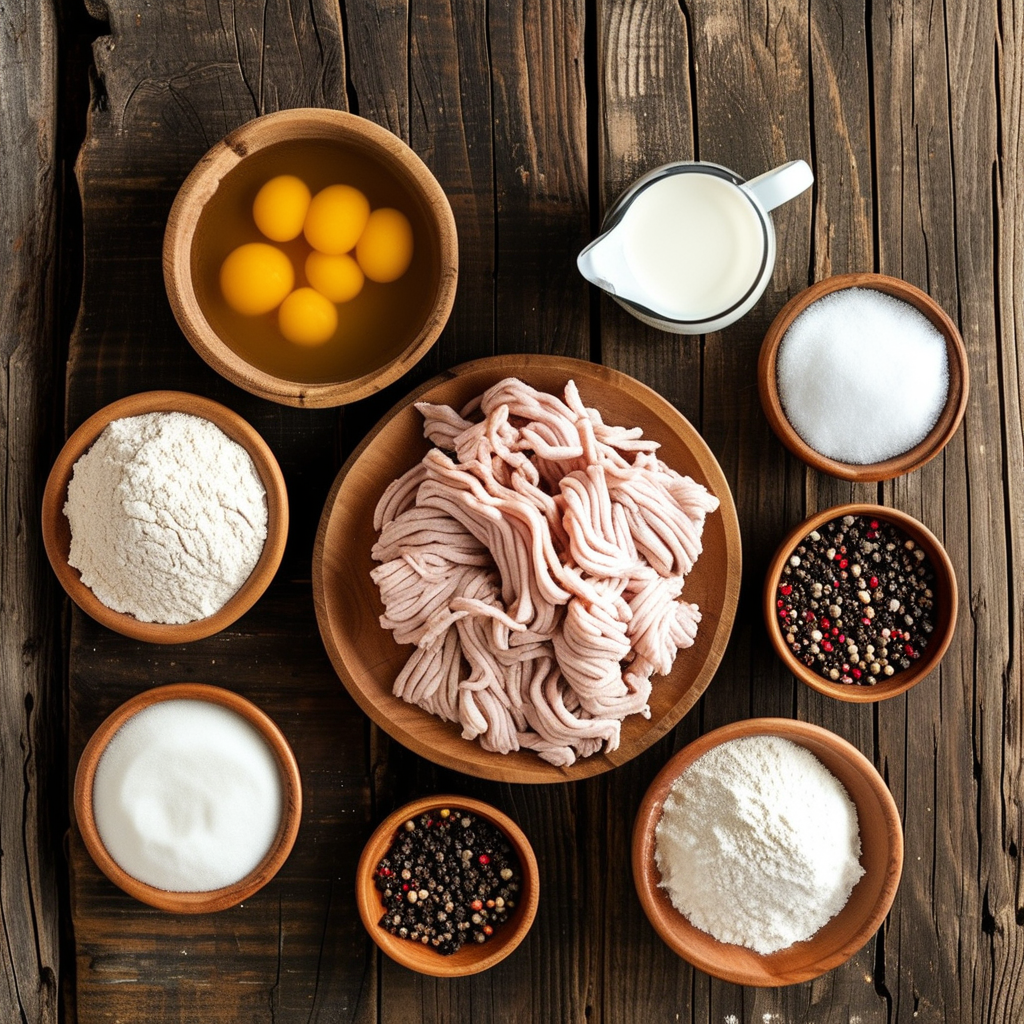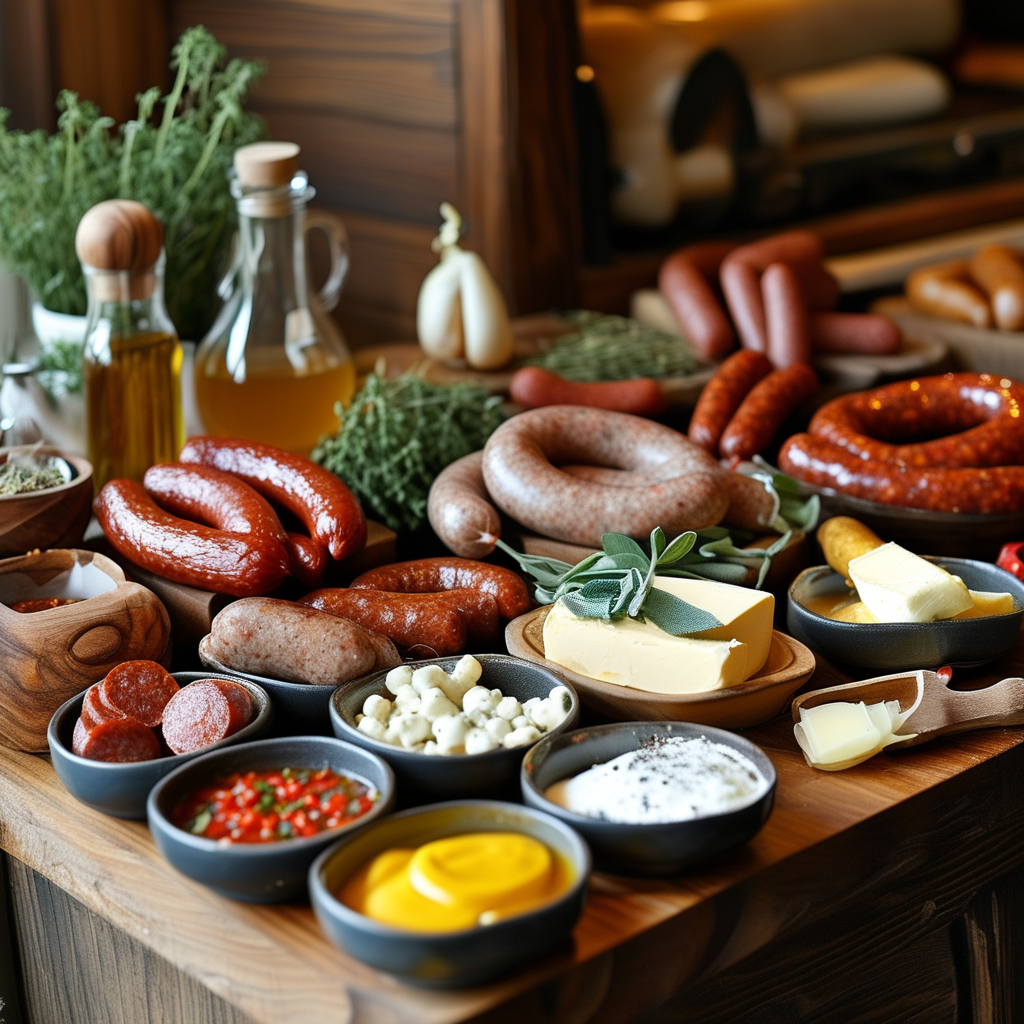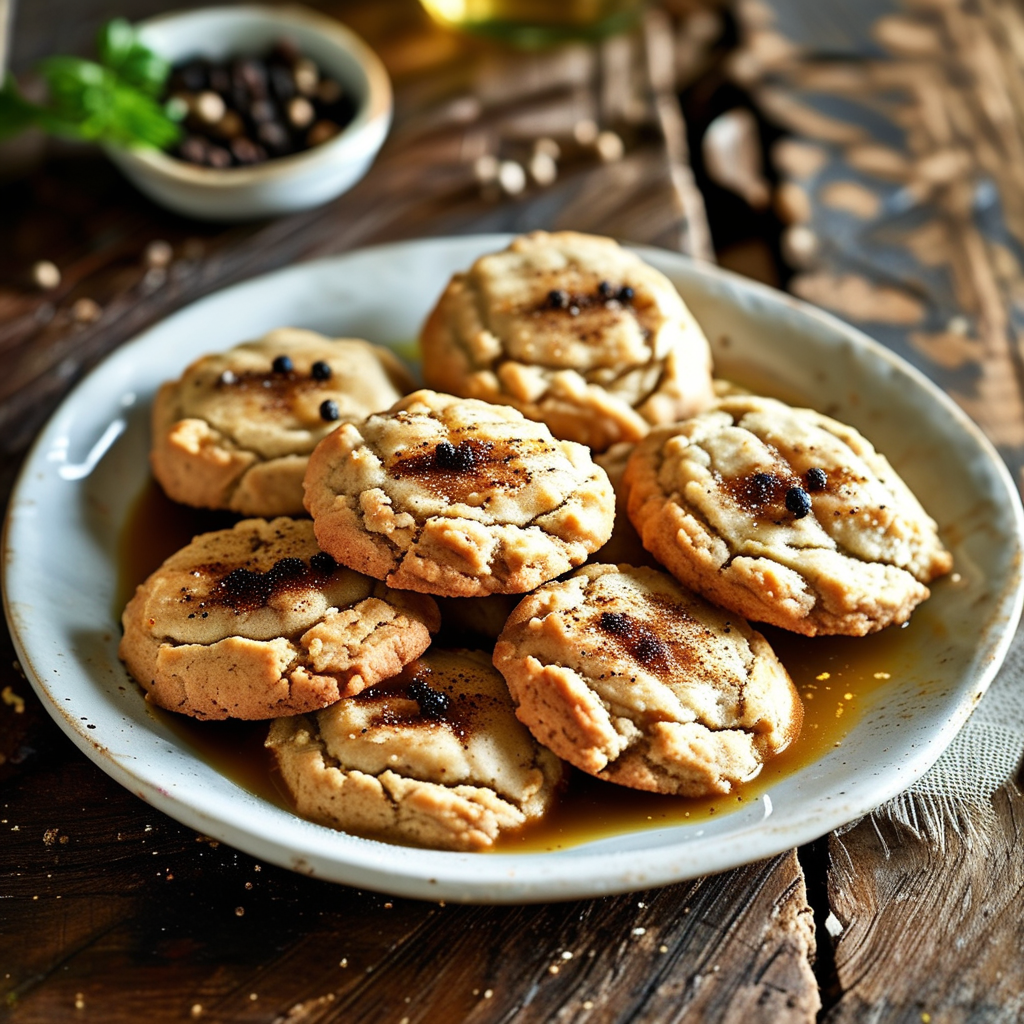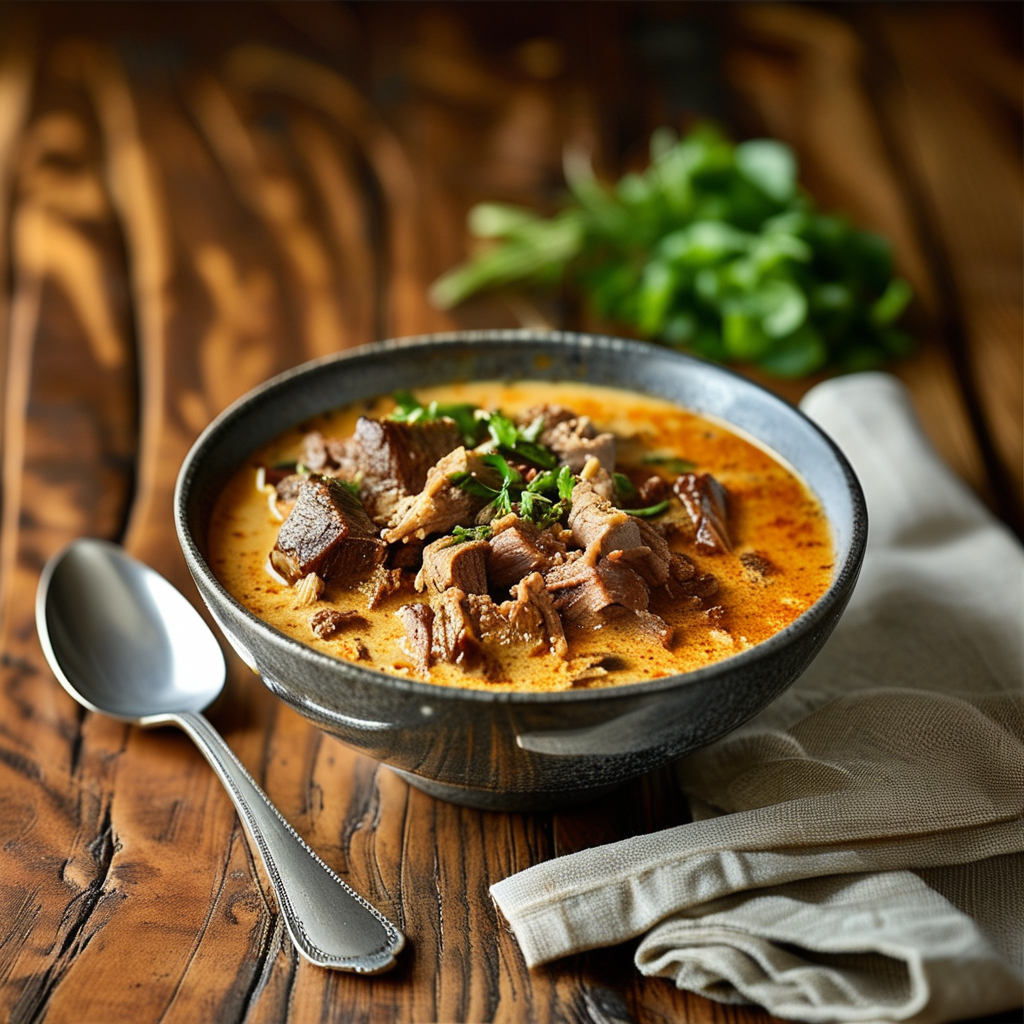Sawmill gravy, a cherished staple in Southern cuisine, is both a comfort food and a culinary tradition passed down through generations. With rich, velvety textures and a savory profile, this dish embodies the warmth of Southern hospitality. In this guide, we will delve into the essential sawmill gravy ingredients, preparation methods, and common pitfalls to avoid.
Despite the simplicity of its preparation, sawmill gravy holds a historical significance in Southern households. It’s commonly served during breakfast and paired with iconic dishes such as biscuits or fried chicken. To explore a wider range of Southern flavors, check out this Black Bean and Cucumber Salad Recipe.
Understanding the basic components can elevate your cooking and bring authentic flavors right to your table. Whether you’re looking for a hearty breakfast option or a comforting side dish, knowing the ingredients is crucial.
Essential Ingredients in Sawmill Gravy
The essential ingredients for making traditional sawmill gravy are fairly minimal but offer room for variations. Here’s what you need:

Base Ingredients
- Flour
- Milk
- Salt
- Pepper
The primary base of sawmill gravy starts with these four key ingredients. Flour acts as a thickening agent, while milk gives it that creamy texture. Salt and pepper enhance the overall flavor profile.
Optional Ingredients
For those looking to enhance their sawmill gravy, consider these optional ingredients:
- Sausage (various types)
- Butter vs. Oil for cooking
- Broth (chicken or vegetable)
- Spices and herbs (sage, thyme, etc.)
- Cheese (Cheddar, etc.)

By exploring different meat options, fats, and seasoning, you can customize this dish to your preference.
Sawmill Gravy vs. Other Types of Gravy
Comparison with Country Gravy
While sawmill gravy and country gravy share similarities, they have distinct differences in flavor and preparation. Country gravy is often less rich and more versatile for different meals.
Comparison with White Gravy
When compared to white gravy, sawmill gravy usually contains meat, adding a layer of flavor that is often absent in traditional white gravy.
Health and Nutrition Considerations
Nutritional Breakdown
Understanding the nutritional values of sawmill gravy is vital for those mindful of their diet. Typically, the dish is high in calories and fats, mainly due to the sausage and milk used in its preparation.
Dietary Alternatives
For those with dietary restrictions, here are some alternatives:
- Gluten-free options using alternative flours
- Dairy-free alternatives such as almond or coconut milk
Preparation Methods for Sawmill Gravy
Classic Method
To prepare traditional sawmill gravy, follow this step-by-step guide. Start by cooking the sausage, then remove it and use the drippings to create a roux with flour before gradually adding milk.

Alternative Cooking Methods
Explore other ways to make sawmill gravy:
- Slow cooker variations for easy preparation
- Instant pot methods for quick results
- Vegan alternatives that utilize plant-based ingredients
Serving Suggestions and Pairings
Traditional Southern Dishes
Sawmill gravy pairs well with classic Southern favorites, including:
- Biscuits
- Fried chicken
- Mashed potatoes

Modern Twist Pairings
Add a contemporary flair with:
- Savory breakfasts with avocado toast
- Gravy bowls as a hearty meal option
Common Mistakes and Tips for Perfect Sawmill Gravy
Mistakes to Avoid
To perfect your sawmill gravy, steer clear of:
- Incorrect ratios of flour to liquid
- Overcooking or undercooking the mixture
Tips for Enhancing Flavor
Enhance your gravy’s flavor by:
- Experimenting with various spices
- Adding umami-rich ingredients, like mushrooms or nutritional yeast
FAQs about Sawmill Gravy Ingredients
- What is the main ingredient in sawmill gravy?
- How can I thicken sawmill gravy?
- Can I make sawmill gravy without meat?
- What are some popular variations of sawmill gravy?
- How do I store leftovers properly?
« Sawmill gravy is more than just a dish; it’s a historical reflection of Southern cooking. » – Culinary Expert
- The essential ingredients include flour, milk, and seasoning.
- Customization is encouraged with optional ingredients like sausage and herbs.
- Understanding preparation methods can enhance your cooking experience.
- Serving suggestions range from traditional to contemporary pairings.
Ready to try making your own sawmill gravy? With these tips and recipes, you can master this Southern classic and delight your taste buds. For more refining ideas, visit this Swordfish à la Siciliana Recipe.

If you want to explore related dishes and methods, check out our guides on what sawmill gravy is made of, and discover the difference between sawmill gravy and regular gravy. You can also learn about Cracker Barrel’s sawmill gravy recipe to bring that classic taste to your home.